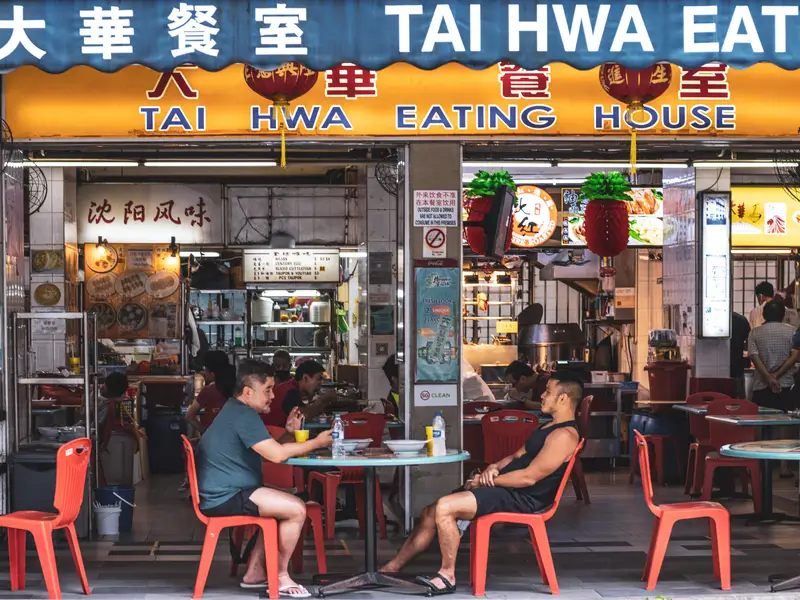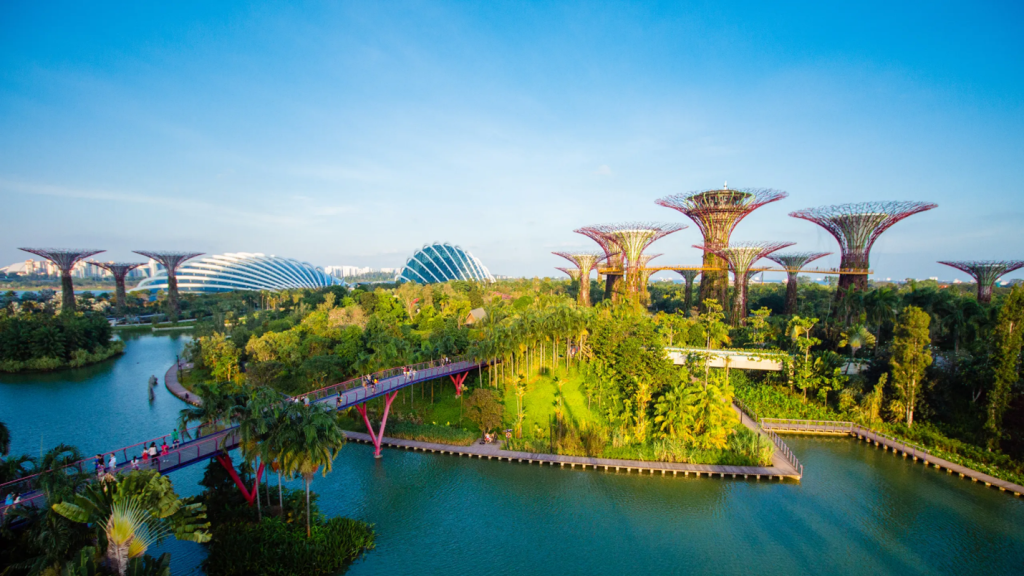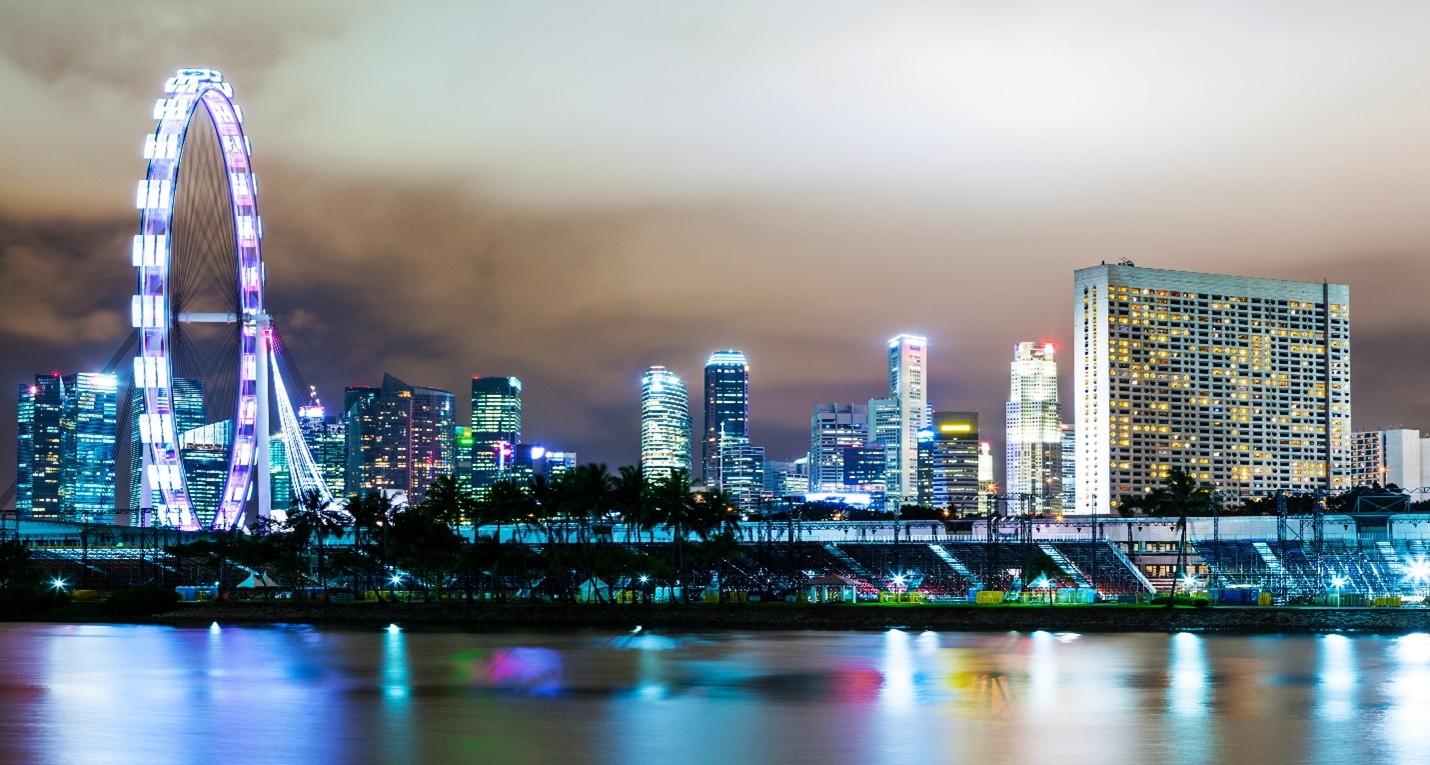Singapore dazzles with its futuristic skyline, but the city’s appeal goes far beyond its striking architecture. For travelers, it offers a rare mix of modern efficiency, cultural richness, and everyday warmth. From flawless public services to unforgettable food experiences, Singapore is a destination that leaves visitors both impressed and inspired.
A City That Works Seamlessly
What sets Singapore apart is how effortlessly it functions. Arriving at Changi Airport, often voted the best in the world, feels less like a chore and more like an introduction to a city that takes hospitality seriously. Immigration lines move quickly, transport options are intuitive, and within minutes, you are on the Mass Rapid Transit (MRT) system heading into the city. The MRT is clean, punctual, and highly efficient, making it one of the most reliable ways to explore a major urban hub. Daily life here is designed to be smooth, from contactless payments to well-organized attractions. Travelers often say they can focus on enjoying themselves rather than worrying about logistics, a luxury that not every city can promise.
A Culinary Capital
Food is where Singapore truly wins hearts. The city is famous for its hawker centers, lively food courts where the atmosphere is as memorable as the meals. Visitors can sample Hainanese chicken rice, spicy laksa, or smoky satay in settings that celebrate both flavor and community. Some stalls have even received Michelin stars, proving that world-class taste is not confined to fine dining. At the same time, Singapore is home to internationally acclaimed restaurants, with chefs pushing culinary boundaries and redefining gastronomy. Whether you are enjoying a casual meal in a bustling hawker center or a multi-course tasting menu, dining in Singapore is never just about food, it is about culture, history, and connection on a plate.

Culture in Every Corner
Beyond efficiency and food, Singapore’s diversity is one of its greatest treasures. The city brings together Chinese, Malay, Indian, and other communities, each contributing traditions, languages, and festivals that coexist in remarkable harmony. In a single day, you can explore the temples and herbal shops of Chinatown, admire the colorful fabrics and spices in Little India, and then finish with a walk through Kampong Glam, where history blends with trendy cafés. English serves as the common language, but each neighborhood feels like stepping into a different world.

A Short History for Travelers
Singapore’s history is a story of transformation. For centuries, the island was a modest trading outpost, valued for its strategic location at the crossroads of Asia. Its modern chapter began in 1819 when Sir Stamford Raffles established it as a British trading post. Over time, it grew into a vital port that linked Europe, India, and East Asia.
The city’s real turning point came in 1965, when Singapore gained independence after a brief union with Malaysia. With few natural resources and uncertain prospects, the young nation faced challenges that could have derailed its future. Instead, guided by strong leadership and careful planning, Singapore reinvented itself as one of the most prosperous and orderly societies in the world.
Travelers today can still see traces of each era. The colonial district around the Singapore River, with its restored shophouses and government buildings, recalls the British influence. Chinatown, Little India, and Kampong Glam preserve the heritage of communities that arrived during the colonial trading years. Modern icons like Marina Bay Sands and the Supertree Grove at Gardens by the Bay showcase how the city embraced progress after independence. Exploring these places side by side gives visitors a sense of how history and modernity are woven together in daily life.
Green Among the Glass Towers
Despite being a highly urban environment, Singapore is committed to greenery. The famous Gardens by the Bay with its futuristic Supertrees is a must-visit, but quieter spaces like the Singapore Botanic Gardens offer a more peaceful escape. These lush parks, often within walking distance of busy streets, show how seriously the city takes sustainability and quality of life. Even when surrounded by skyscrapers, you are never far from nature. This balance between modernity and greenery is one of Singapore’s most distinctive features, giving visitors the sense that the city is always thinking about tomorrow while still offering space to breathe today.

Why Singapore Stands Out
The beauty of Singapore lies in the way it combines strengths. It is efficient without being cold, diverse without being divided, and modern without losing its sense of tradition. Travelers are drawn in by the skyline, but they stay for the experiences that unfold at ground level, a steaming plate of noodles, a festival parade, or a quiet moment in a tropical garden. For anyone looking to see how a city can embrace the future while celebrating its past, Singapore is a destination that exceeds expectations.














